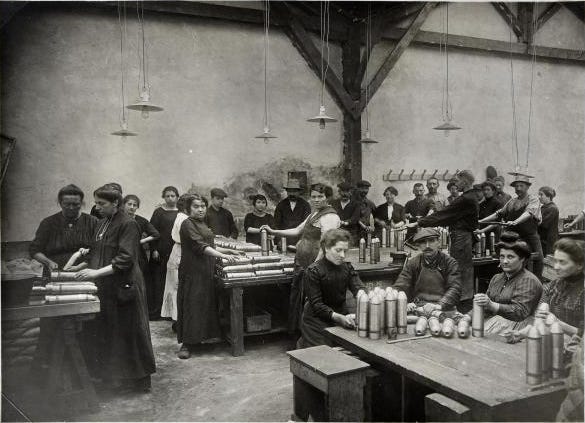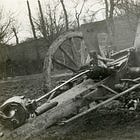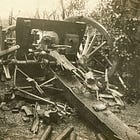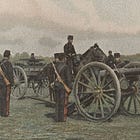This is the fifth installment of a decision game. If you have not done so already, please read (or work through) the previous four posts in this series.
Solution to the Third Problem
You suspect that the cause of many, if not most, of the premature explosions in 75mm field guns is the separation of the two parts of a bibloc shell in the moment of firing. Thus you inform manufacturers that, starting on 1 March 1915, will only take delivery of monobloc shells.
At the same time, you take measures to provide all workshops with the tooling that they need to make monobloc shells.
The switch from one production method to another reduces the total number of shells produced each day. However, you calculate that, thanks to temporary shortage of explosives of the types used to fill shells, a comparable reduction would have happened anyway.
The Fourth Problem
On 1 April 2023, General Gossot submits a report that includes the following facts:
Between 20 December 1914 and 20 March 1915, premature explosions destroyed 236 field guns serving with French forces at the front.
Between 20 December 1914 and 20 March 1915, premature explosions deprived the Fourth Army of 176 field guns.
Between 1 March 1915 and 31 March 1915, one in every 3,000 rounds of field gun ammunition fired by artillery units of the Fourth Army exploded in the barrel of the gun firing it.
Between 20 December 1914 and 17 March 1915, the Fourth Army conducted an offensive in the Champagne region. During that period, the number of 75mm field guns called for by the establishments of its component formations varied from 636 to 912.
Spot checks indicate that, while some of the premature explosions that took place after 1 March 1915 could be blamed on bibloc shells issued before that date, others involved monobloc shells. Moreover, while many of the monobloc shells implicated in such accidents had been manufactured in new workshops, some had been produced by the experienced factory at Saint Chamond.
General Baquet, how do you respond to this situation?









The rate of use of shells by the French army may exceed barrel life. Are records kept? Or is getting fire down range more important to the Artillerymen?
Also, If both types of shells have caused explosions. Quality control is being addressed. Are firing procedures followed? Are barrels checked for fouling and obstruction? Are the Artillerymen firing too fast?
At the rates reported, if this issues is not solves soon there will be No French Artillery.
Maybe it's the guns? Not all the shells can be defective and the numbers you're throwing at me seem to suggest that's what we're getting at.